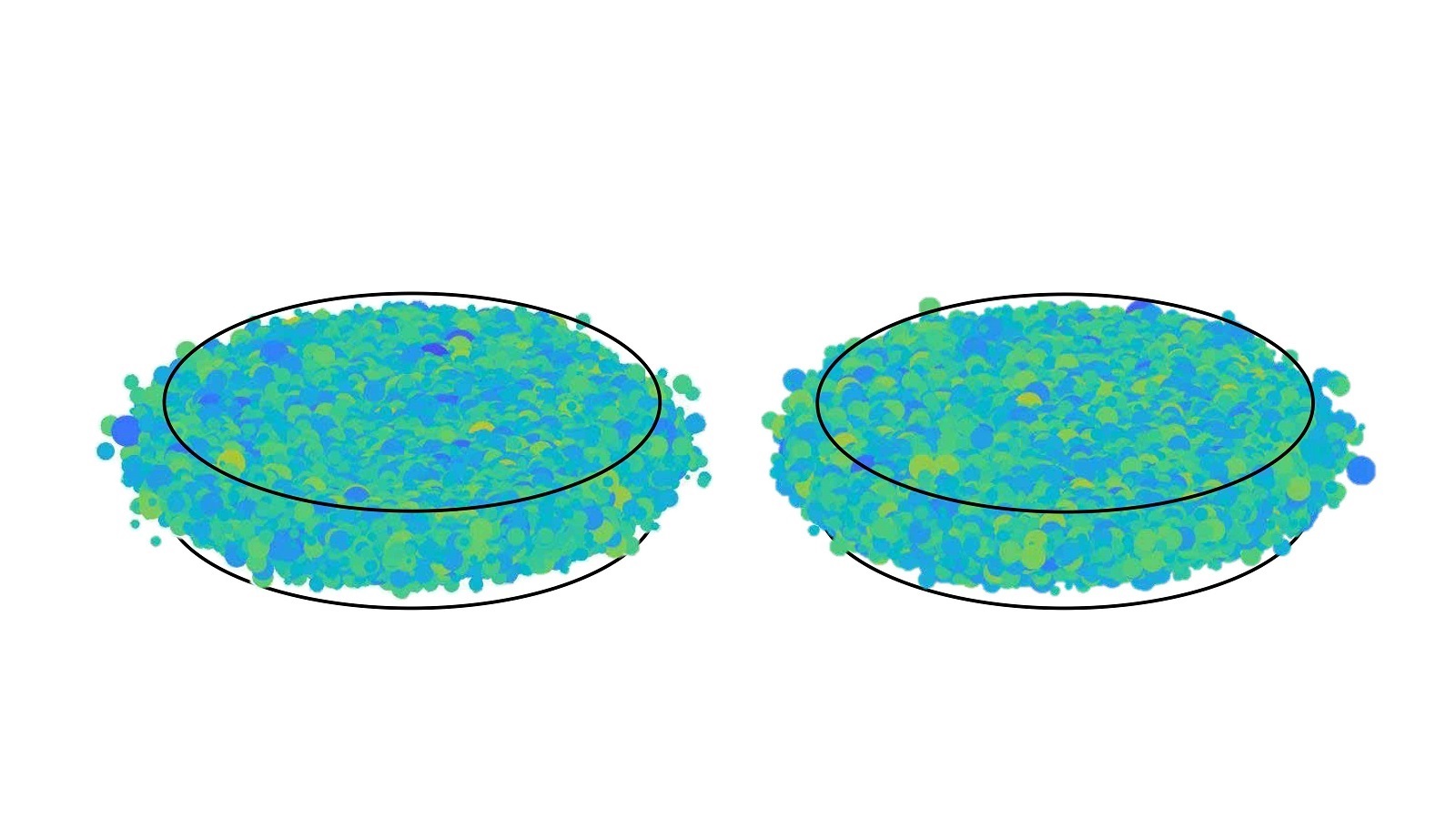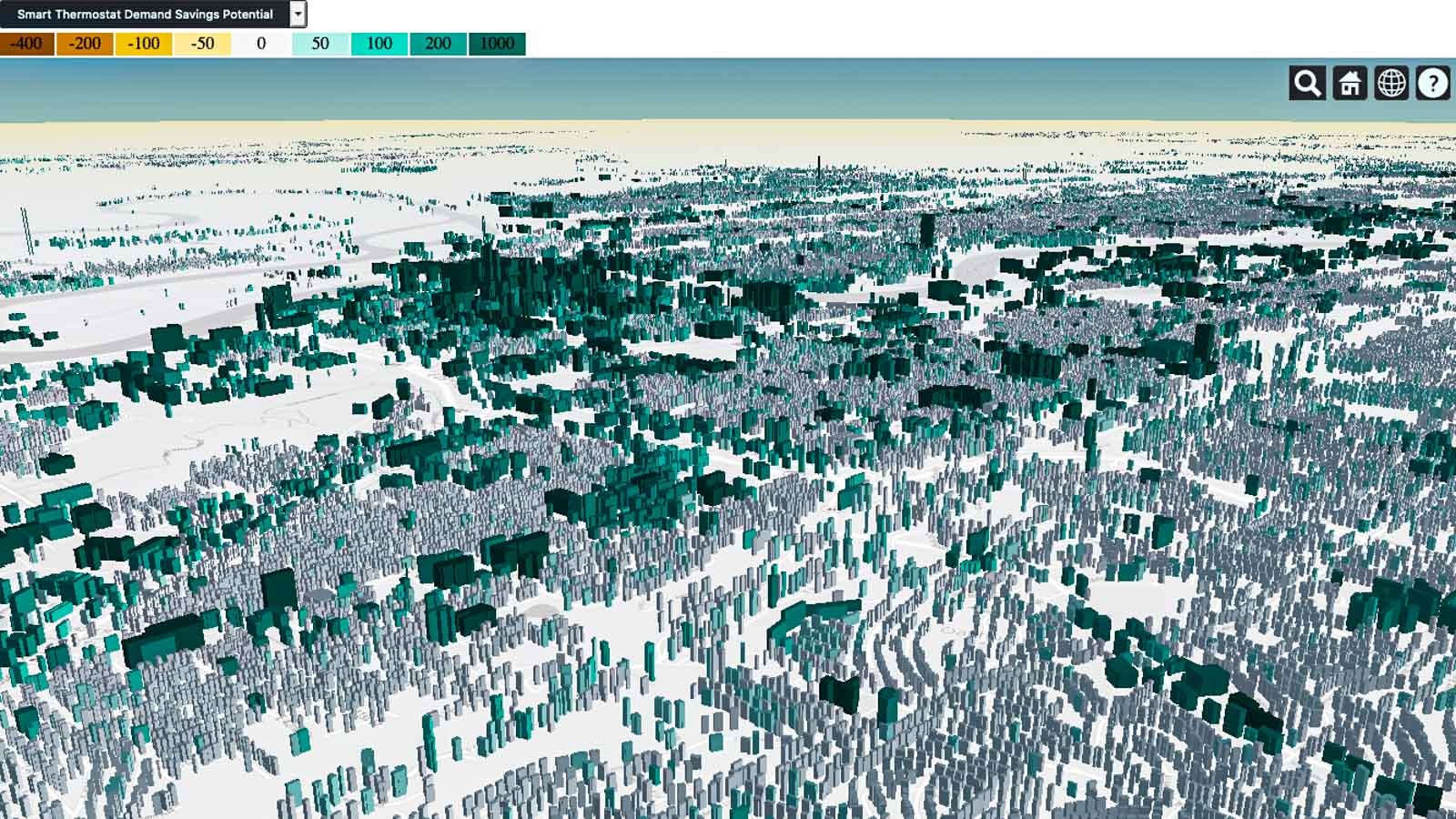Researchers gain new insights on how to engineer better solid-state batteries
Researchers have discovered promising pathways to make game-changing, solid-state batteries with crystalline materials called garnets. The study was a collaboration between the U.S. Department of Energy’s (DOE) Oak Ridge National Laboratory in Oak Ridge, Vanderbilt University in Nashville, DOE’s Argonne National Laboratory, Princeton University and Purdue University.
Garnets are a promising battery electrolyte because they can move ions through batteries quickly. However, when garnets are used, needle-like growths called filaments can form on lithium metal in a battery’s anode (negative electrode). Filaments make batteries less safe and less durable. The research team sought to understand why filaments form and how garnets can be engineered to eliminate them.
At Argonne’s Advanced Photon Source (APS), a DOE Office of Science user facility, the team simultaneously applied two cutting edge X-ray techniques to observe deep inside an operating battery with a garnet electrolyte and lithium anode. The techniques enabled the researchers to track changes in both tiny and large features in the garnet material as filaments developed.
The team found that nonuniform regions of the garnet materials tend to be where much of the filament formation occurred. This suggests that it may be beneficial to investigate new material processing methods to make garnets more uniform in structure.
Oak Ridge scientists use Argonne supercomputing power to estimate energy savings
Homes and commercial buildings in the United States consume almost 75% of the nation’s electricity, and during peak hours consumption can rise to 80%. To learn how to reduce their carbon footprint, scientists from the DOE’s Oak Ridge National Laboratory in Oak Ridge leveraged the power of supercomputers at Argonne.
Oak Ridge scientists developed Automatic Building Energy Modeling (AutoBEM) software in partnership with a utility to allow improvement and empirical validation by comparing models to 15-minute electricity use from 178,000 buildings in Chattanooga. The team then turned to the Argonne Leadership Computing Facility (ALCF) to generate models and run simulations of nearly every building in the U.S. Models of nearly 123 million buildings nationwide have been made free and publicly available. The goal: to encourage the deployment of building technologies at speed and scale.
The ALCF is a DOE Office of Science user facility.
Vanderbilt team collaborates with Argonne for pivotal study on cataclysmic volcanoes
Using Argonne’s APS, Vanderbilt University in Nashville and the University of Chicago determined that only about a year’s warning precedes a supereruption — a volcanic event large enough to devastate the entire planet.
That was the conclusion of a microscopic analysis of quartz crystals in pumice taken from the Bishop Tuff in eastern California, the site of the supereruption that formed the Long Valley Caldera more than 760,000 years ago. The study was described in a paper published in the journal PLOS One.
Scientists analyzed dozens of small quartz crystals from the Bishop Tuff. Previous investigations of quartz crystals from several supereruptions, including Long Valley, had distinctive surface rims. These studies concluded that the rims formed in less than a century before eruption. The study used the APS’ high-resolution imaging techniques to yield more precise timescale estimates.
Grad students vie for coveted NXSchool at Oak Ridge, Argonne
Argonne and Oak Ridge co-hosted the 22nd annual National School on Neutron and X-ray Scattering (NXSchool). More than 250 graduate students from universities around the U.S., Canada and Mexico applied for 60 highly coveted positions. NXSchool is funded by DOE’s Office of Science, Basic Energy Sciences, and administered by Argonne’s Educational Programs and Outreach group. The school’s four directors are Oak Ridge and Argonne scientists.
The NXSchool program explains how to apply state-of-the-art neutron and X-ray scattering techniques to many science disciplines, offering hands-on experiments at two DOE Office of Science user facilities, Argonne’s APS and the Spallation Neutron Source and High Flux Isotope Reactor at Oak Ridge. Experiments and lectures offer opportunities for students to build a network with leading scientists, helping them develop new ideas and further their careers. Students’ work at NXSchool often leads to cutting-edge projects published in high-impact journals.




